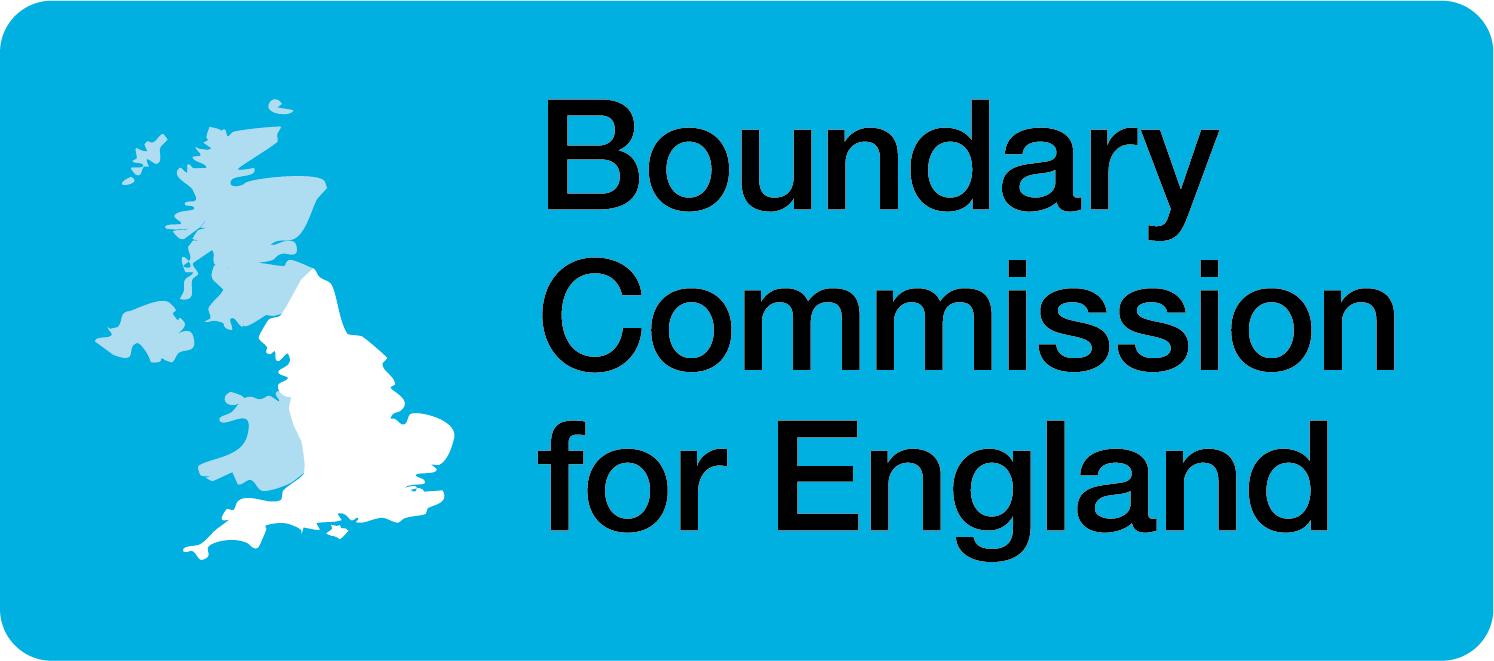Yorkshire and the Humber
- Yorkshire and the Humber currently has 54 constituencies. Of these constituencies, 22 have electorates within the permitted range. The electorates of 16 constituencies currently fall below the permitted range, while the electorates of 16 constituencies are above. Our proposals maintain the number of constituencies in the region at 54.
- Yorkshire and the Humber comprises the county council area of North Yorkshire (including the unitary authority area of the City of York);3 the boroughs of the metropolitan areas of South Yorkshire and West Yorkshire; plus the four unitary authorities created from the former county council area of Humberside (East Riding of Yorkshire, Kingston upon Hull, North East Lincolnshire, and North Lincolnshire).4
- We appointed two Assistant Commissioners for Yorkshire and the Humber – Professor Paul Wiles CB and Suzanne McCarthy – to assist us with the analysis of the representations received during the first two consultation periods. This included chairing public hearings, which were held in the region in order to hear oral evidence directly from the public. The dates and locations of these hearings were:
- Leeds: 10–11 March 2022
- Hull: 14–15 March 2022
- Northallerton: 17–18 March 2022.
3 Hereafter together referred to as North Yorkshire.
4 Hereafter together referred to as Humberside.
Sub-regions
- In formulating our initial proposals, we noted that the electorate of Yorkshire and the Humber of 3,966,500 results in it being entitled to 54 constituencies, the same as the current number. We then considered how this number of constituencies could be split across the region.
- We noted that Humberside’s electorate of 684,294 means it could be allocated nine constituencies. However, this would have given an average constituency size of only 1,029 below the upper limit of the permitted electorate range, meaning there would be little flexibility in creating constituencies. In addition to geographical constraints caused by the shape of the sub-region, in particular the Humber estuary, this would make it extremely difficult to construct nine constituencies within the boundaries of Humberside. Therefore, we proposed to combine Humberside with South Yorkshire to form a sub-region. Combined, this sub-region has 1,691,686 electors, thus a mathematical entitlement to 23.05 constituencies. We therefore proposed allocating 23 constituencies to a sub-region formed of Humberside and South Yorkshire.
- North Yorkshire, with an electorate of 620,874, would have a mathematical entitlement to 8.46 constituencies, which meant it could not be assigned a whole number of constituencies. Therefore it must be grouped with at least one other county. We identified that combining North Yorkshire and West Yorkshire created a sub-region of 2,274,814 electors, resulting in a mathematical entitlement to 30.99 constituencies. Such a grouping also allowed for more flexibility when constructing constituencies in West Yorkshire, where the electorate size of metropolitan borough wards makes it difficult to create constituencies within the permitted electorate range without dividing towns between constituencies. For these reasons, we proposed allocating 31 constituencies to a sub‑region comprising North Yorkshire and West Yorkshire.
- The use of the sub-regions outlined above was broadly supported during the consultation on the initial proposals. Despite this, we did receive one counter proposal which forwent sub-regions altogether and treated the region as one group of 54 constituencies, while a different counter proposal suggested an alternative arrangement of:
- a sub-region comprising South Yorkshire with the unitary authorities of North Lincolnshire and North East Lincolnshire, as in the initial proposals
- a sub-region comprising North Yorkshire and West Yorkshire, plus the unitary authorities of East Riding of Yorkshire and Kingston upon Hull.
- In formulating our revised proposals, we considered that no persuasive evidence had been received to propose alternative sub-regions in Yorkshire and the Humber. While the strength of elements of the alternative sub-regions outlined above were acknowledged, it was not considered that the alternative sub-region arrangement permitted a superior overall constituency arrangement based on the statutory factors.
- In response to our revised proposals, we did not receive any further evidence that would justify the use of alternative sub-regions to those we previously adopted in our initial and revised proposals. Therefore, the sub-regions we propose as part of the final recommendations are:
- Humberside and South Yorkshire
- North Yorkshire and West Yorkshire.
